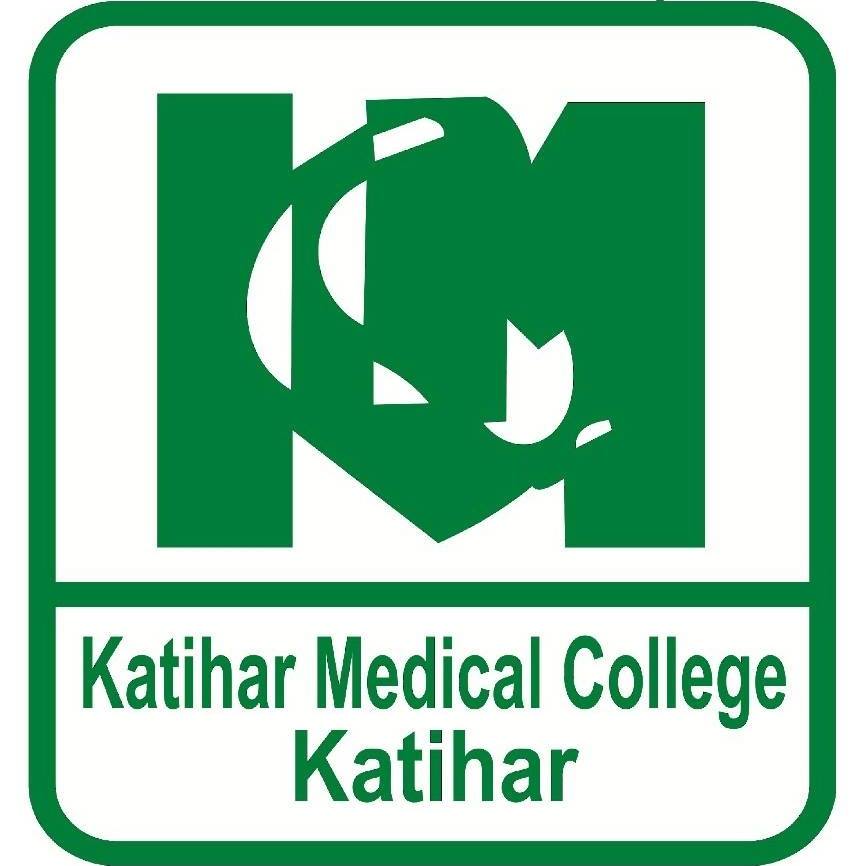Journal Menu
- Home
- Aims & Scope
- Editorial Board
- Article Preperation Guideline
- Online Submission
- Articles Early View
- Current Issue
- Archive
- Membership
- Reprints
Artificial Intelligence-Assisted Intraoperative Decision-Making in Emergency Abdominal Surgeries: A Prospective Analysis of Surgical Precision and Patient Outcomes
Article Information
Background: Emergency abdominal operations are among the most demanding and time-critical procedures in general surgery. Outcomes hinge on swift, well-judged intra-operative decisions. Artificial intelligence (AI) tools that offer real-time guidance have started to reach the operating theatre, but their value in urgent cases has yet to be firmly established.
Objective: To determine whether a real-time, AI-supported decision platform can sharpen surgical accuracy and improve patient outcomes during emergency abdominal surgery.
Methods: Over a 12-month period at Katihar Medical College, we prospectively observed 120 consecutive patients who required urgent abdominal operations. Participants were allocated to standard care (n = 60) or surgery augmented by the AI platform (n = 60). The system delivered live anatomical localisation, image analysis and procedural prompts. Primary endpoints were intra-operative decision-turnaround time and postoperative complication rate. Secondary measures included total operating time, estimated blood loss, length of hospital stay and surgeon-reported usability.
Results: The AI group reached intra-operative decisions in roughly half the time of the control group (8.3 ± 2.1 min vs 14.7 ± 3.4 min; p < 0.001). Operations were shorter, blood loss was lower, and patients recovered more quickly, leaving hospital sooner and ambulating earlier. Complication rates trended downward in the AI cohort. Surgeons rated the system highly for ease of use and workflow integration.
Conclusion: Real-time AI support appears to streamline decision-making and enhance patient recovery in emergency abdominal surgery, with particular promise for settings where resources are limited. Larger, multi-centre studies are advised to confirm these benefits and clarify how best to integrate the technology into routine practice.


